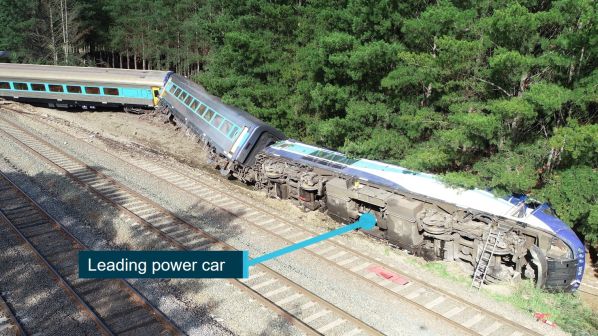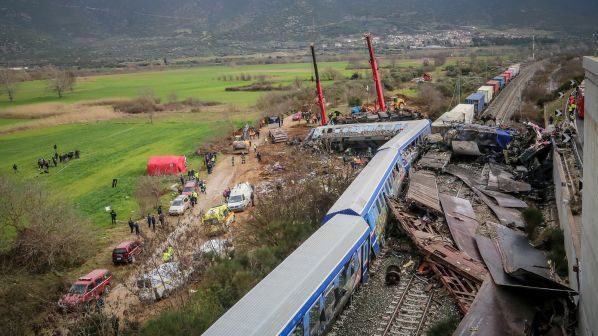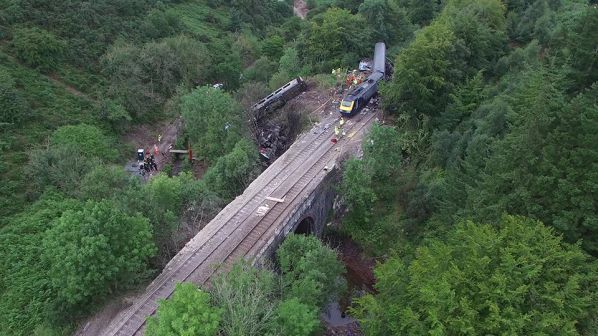A breakdown in risk management processes contributed to the derailment of an express passenger train (XPT) in New South Wales (NSW) that killed two people in 2020, the Australian Transport Safety Bureau (ATSB) has found.
NSW Trainlink XPT train ST23 was operating from Sydney to Melbourne on February 20 2020 and was travelling at between 114km/h and 127km/h when it entered a passing loop at Wallan, Victoria, where the maximum speed was 15km/h and then derailed.
The driver and an accompanying qualified worker, who was in the cab to manage activation of a level crossing, were killed in the accident. Eight passengers were admitted to hospital with serious injuries, while 53 passengers and the five traincrew sustained minor injuries. The Australian XPT is based on the British Rail-designed InterCity 125 train.
The final report released by the ATSB said the driver was given information on the routing of the train through the Wallan loop, but no protocol was in place to ensure the driver understood that this was a deviation from the standard route.
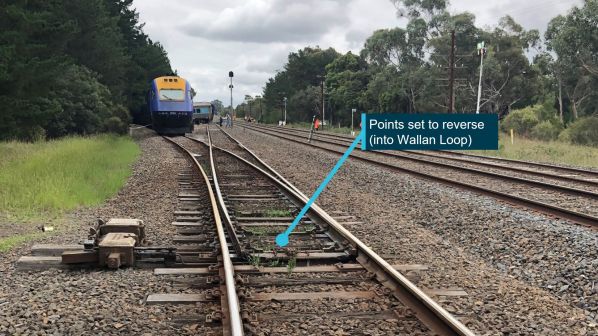
A fire in a signalling equipment hut at Wallan on February 2 2020 had resulted in damage to the signalling system. As repair of the signalling system would take several weeks, infrastructure manager Australian Rail Track Corporation (ARTC) initially limited train speeds over a 24km section between Kilmore East and Donnybrook to 24km/h. However, this caused significant delays and ARTC introduced train working arrangements that would permit trains to operate at normal line speed on February 6.
During this time, the crossing loop at Wallan was initially locked out of use following the loss of signalling, but on February 20 trains were routed through the loop to clean contamination from the rail head in preparation for testing of the signalling system. That evening at around 19.43, train ST23 from Sydney to Melbourne entered the affected section and after travelling about 15km derailed on the turnout at the northern end of the passing loop at Wallan. As a result of the derailment, the leading power car overturned and slid on its side for some distance.
“In the 12 days prior to the accident, the driver had operated the XPT service through Wallan eight times, and on all occasions the crossing loop was locked out of service,” ATSB chief commissioner, Mr Angus Mitchell, said in the final report. “This has led us to believe they probably expected to remain on the straight track, where the speed limit was 130km/h through Wallan.
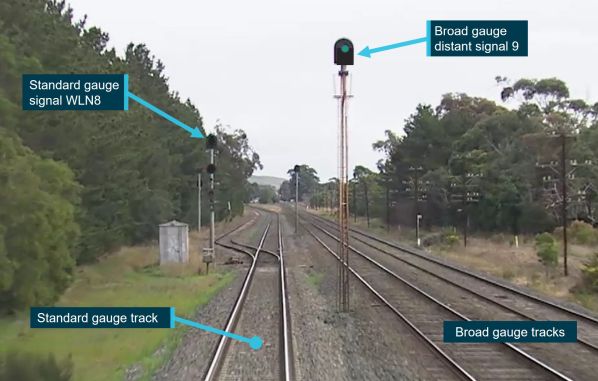
“However, there was no protocol in place to confirm the driver’s understanding of the revised instruction, with no requirement for the driver to read back or confirm the instructions to the network control officer.”
The report made 37 findings, including identifying 15 safety issues which contributed to the derailment.
Six safety issues were allocated to ARTC to resolve, which advised ATSB that it has introduced an updated management process for deviations from ARTC Network Rules for planned or unplanned work. This process requires a risk assessment involving stakeholders, the development of appropriate controls for implementation by each stakeholder, and ARTC executive approval of the risk assessment and plan.
ATSB says three of the safety issues pertaining to network user engagement and distribution of safety information remain open.
Six safety issues were allocated to NSW Trains, which has developed new procedures for daily access of the ARTC WebRAMS system for safety information, and has also amended procedures to include confirmation of receipt of safety-critical information by traincrew prior to them starting their shift.

NSW Trains also advised of changes to crew emergency response training, although two related safety issues remain open. ATSB has made one recommendation to NSW Trains that it should undertake further work to improve the methods used to provide safety information to passengers.
One safety issue was allocated to ActivateRail, a contractor to ARTC, which has since introduced additional control processes relating to its participation in projects. ActivateRail also committed to ongoing and future risk management awareness training for its consulting and professional services staff.
The Rail Industry Safety and Standards Board (RISSB) has committed to consider the outcomes of the investigation in a review of the Australian Standards for the structure of locomotive bodies and access and exit requirements.
“There was an over-reliance on administrative controls and missed opportunities to use existing and emerging technologies to manage risk associated with human error,” Mitchell says. “To improve safety outcomes, the rail sector must move faster and together in embracing technology to improve its management of safety risks.”
The full report can be found here.
